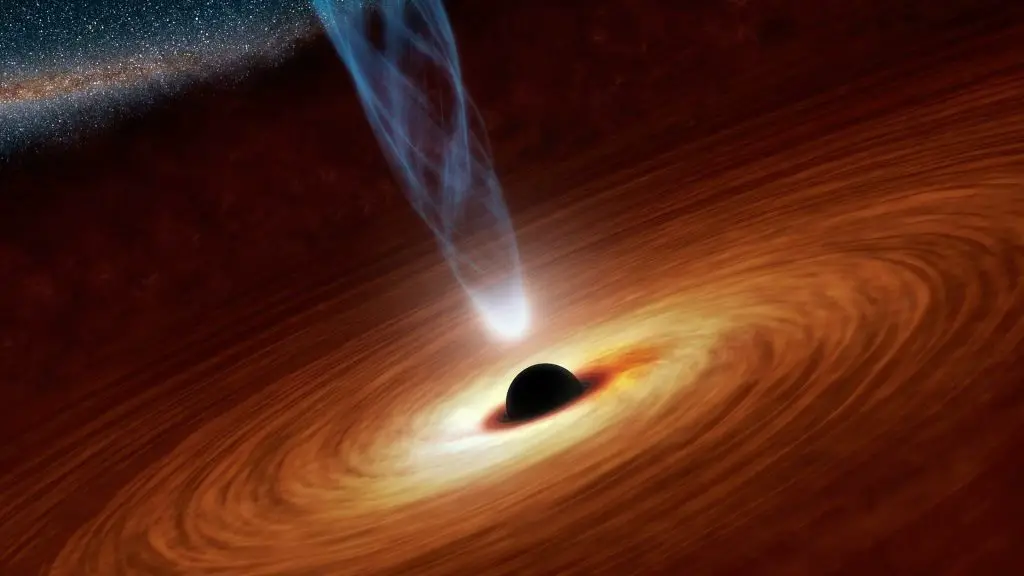Statistical models created by ESA’s space debris office revealed that there are more than 36,500 objects larger than 10cm in low earth orbit. These models also revealed that there are about 1 million objects ranging between 1 to 10 cm and about 130 million objects between 1mm to 1cm in low earth orbit.
The data obtained from these models motivated space agencies to see that our low Earth orbit is becoming more clouded with space debris. If nothing is done to get rid of them, they may continue to grow and cause havoc for humans. ClearSpace, a space company based in Switzerland is coming up with a solution to get rid of this debris and prevent them from disrupting our activities in low earth orbit in the future.
The space company has successfully cleared its first program which was reviewed by the European Space Agency (ESA). ClearSpace focuses on clearing space debris that orbits around our home planet. As the demand for increasing space flights continues, space agencies want to play safe to avoid colliding even with the smallest space debris. Hence, ClearSpace will surely save the future of space exploration with its space-clearing technologies.
How ClearSpace is Clearing debris from Space
After ESA commissioned ClearSpace’s first project named ClearSpace-1 in 2019, the firm began to work on a mission to get rid of debris from low earth orbit. The ClearSpace-1 is a mission that consists of a massive four-armed robotic spacecraft designed to capture space debris. When the spacecraft grabs the debris, it will send it down to Earth where the space junk will burn up in Earth’s atmosphere.
ClearSpace initially planned to launch ClearSpace-1 in 2025. However, the company has adjusted the launch of its spacecraft to 2026 after the recent review. When ClearSpace-1 arrives in space, the spacecraft will primarily focus on clearing the upper stage of the Vega Secondary Payload Adapter (VESPA) which was launched atop the ESA’s rocket in 2013. ClearSpace will also be designing the spacecraft to clear space debris autonomously.
The space company revealed that its future missions will be designed to decide when a space junk is required to be deorbited or refueled to prolong its lifespan in space. This implies that the ClearSpace future spacecraft will possess more advanced technologies to come up with such decisions before working on any space debris.
What You Should Know About ClearSpace
ClearSpace was founded in 2018 as a company hoping to clear space debris in low Earth orbit. In 2019, ESA selected the space company to lead its first mission of getting rid of space junk from space. After the selection, ClearSpace began to work on its ClearSpace-1 mission which is estimated to cost about $132 million.
This mission is one of the several missions that ESA accepts as part of its zero-debris policy. ClearSpace has a team of 90 people working to provide solutions to the ClearSpace-1 spacecraft. The team conducted a proof-of-concept testing in October 2022 to check the progress they have made so far in meeting ClearSpace-1 mission requirements.
However, the recent ESA approval will inspire the team to commence working on the final designs of ClearSpace-1, get the equipment ready, and complete the development of the ClearSpace-1 spacecraft ahead of its 2026 launch.
Conclusion
Clearspace revealed on its website that there are more than 5,000 nonfunctional subjects in space, which is more than 3,400 active satellites in low earth orbit. As satellite-based internet pick-up services is increasing in recent times, the demand for deorbiting debris will increase. ClearSpace is already working on its first mission which will deorbit debris in space. What do you think about this innovative approach to clearing debris from space?




